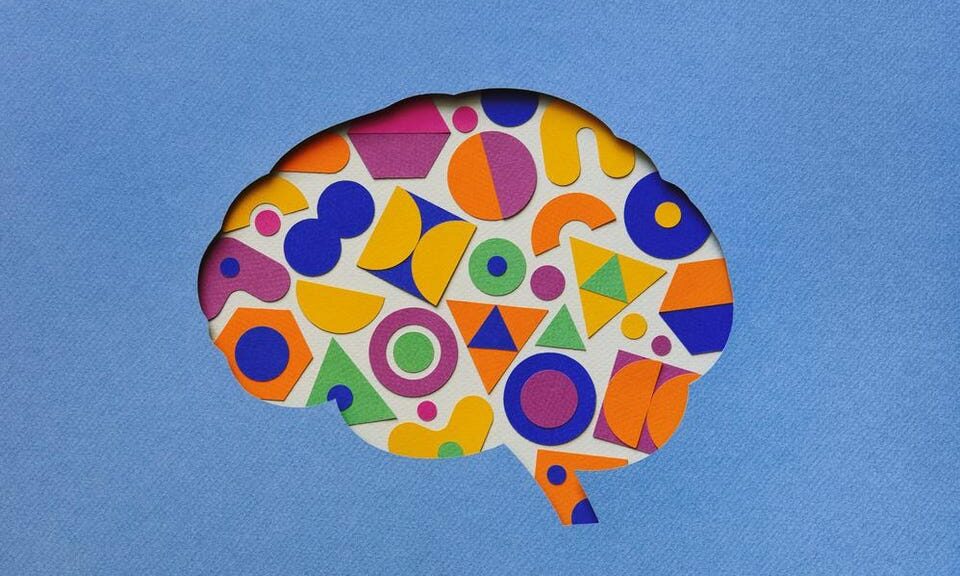Patrick Nycz is President of NewPoint, a full-service food and beverage marketing agency, and author of Moving Your Brand Up the Food Chain.
getty
Chances are, at least a few brands have won your loyalty as a customer. But is it just because they offer good prices and good service, or is it something more?
Brand psychologists would argue that it’s something more. Compelling, successful brands usually have detailed strategies for how to appeal to their target audience and create a sense of rapport with them. This goes far beyond just offering good products and reliable customer service—it ventures into the very foundations of brand identity.
Our agency turns to data and science to create strategies for our clients in the highly competitive food and beverage space to develop a brand-loyal fan base.
Building a more appealing brand means better understanding the psychology of your audience and how to tap into that psychology. But because it’s such an abstract, complex concept, it’s challenging to boil down into actionable takeaways. I’ll attempt to do that here.
Below are some of the most critical actionable takeaways I think you should know on the topic of brand psychology.
People see the world through a lens of identity.
MORE FOR YOU
There’s no question that personal identity matters, and it matters in several ways. We use our own sense of identity to make decisions in our life and construct our own realities. For example, people who see themselves as trustworthy are more likely to engage in trustworthy behavior than people who don’t see themselves as trustworthy. We also use our interpretation of other people’s identities when we interact with them. For example, if a stranger on the street asked you for $5, do you think you might be more likely to give it to a person in a clean suit than a person in dirty rags, based on your first impressions of each person’s identity?
What does this mean for your brand? First, whether they define it in specific terms or not, people will establish an identity for your brand. They also need to relate to that identity if you want people to interact with it in meaningful ways. Of course, your exact approach is going to vary based on your target audience and what goals you’re trying to accomplish. But many brands find success by making themselves appear trustworthy, sincere, authoritative or rugged. They also typically find success by modeling their own identity after the identity of their target audience.
Colors make an impact.
The psychology of color isn’t as concrete as some people make it, but it has significant value in branding, marketing and advertising. Some colors are likely to evoke a specific mood or feeling. For example, blue typically has a calming effect, while red has more of an exciting effect, which is why many food brands rely on prominent red elements in their logos and physical designs.
Unfortunately, color correlations aren’t as straightforward as we’d like to see. There isn’t a one-to-one correlation between each color and a short list of associated feelings or ideas. However, during your experimentation, you may find that certain colors are more appealing to your target demographics and are more likely to inspire action. The best way to accomplish this is to experiment with it on your own, using A/B tests to evaluate different logos and various marketing materials.
Repetition and consistency are indispensable.
Your brand identity will only matter to people if it’s consistent and repetitively demonstrated. You might make an initial impression with a clever ad or a first experience, but that’s not going to be enough to solidify your brand’s identity and reputation in the mind of your customers.
Before you start conducting any marketing or advertising for your brand, it’s essential to develop a set of consistent brand guidelines that everyone within your organization is responsible for following. This way, you’ll ensure the representation of your brand is uniform, and with enough repetition, you’ll be able to build a sense of familiarity with your target audience.
A sense of belonging is hard to overcome.
When people have a sense of belonging, it’s hard to overcome it. If people feel like they belong with your brand and with other fans of your brand, it’s going to be incredibly difficult for a competitor to win them over.
How do you create a sense of belonging with your brand alone? For starters, building an identity that resonates with your target customers will immediately make them feel more connected to you. To enhance this, consider using user forums, user-generated content and other modes of interaction to foster brand community development.
There’s more than one way to build a compelling brand.
Finally, understand that there’s more than one way to build a compelling brand. Don’t copy a competitor; don’t feel compelled to precisely follow all brand psychology-related advice. Sometimes, deviating from the norm in a calculated way is exactly what you need to distinguish yourself and see even better results.
Branding In Practice
So far in this article, I’ve spent most of the time talking about the theory of branding and brand psychology. But in practice, things sometimes look a little different. It’s hard to tell what will resonate with your target audience, and the science of brain psychology isn’t always precise. Because of this, it’s important to conduct your own experiments, gather your own data and remain flexible as you tinker with different options.
You might be surprised to find what fosters the greatest sense of connection with your customers. In turn, with a consistent and timely marketing strategy, you can convert them to a brand-loyal fan base.
Forbes Agency Council is an invitation-only community for executives in successful public relations, media strategy, creative and advertising agencies. Do I qualify?
Go to Source
Author: Patrick Nycz, Forbes Councils Member




